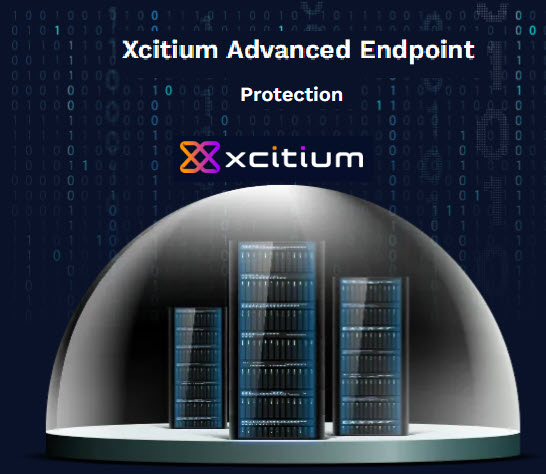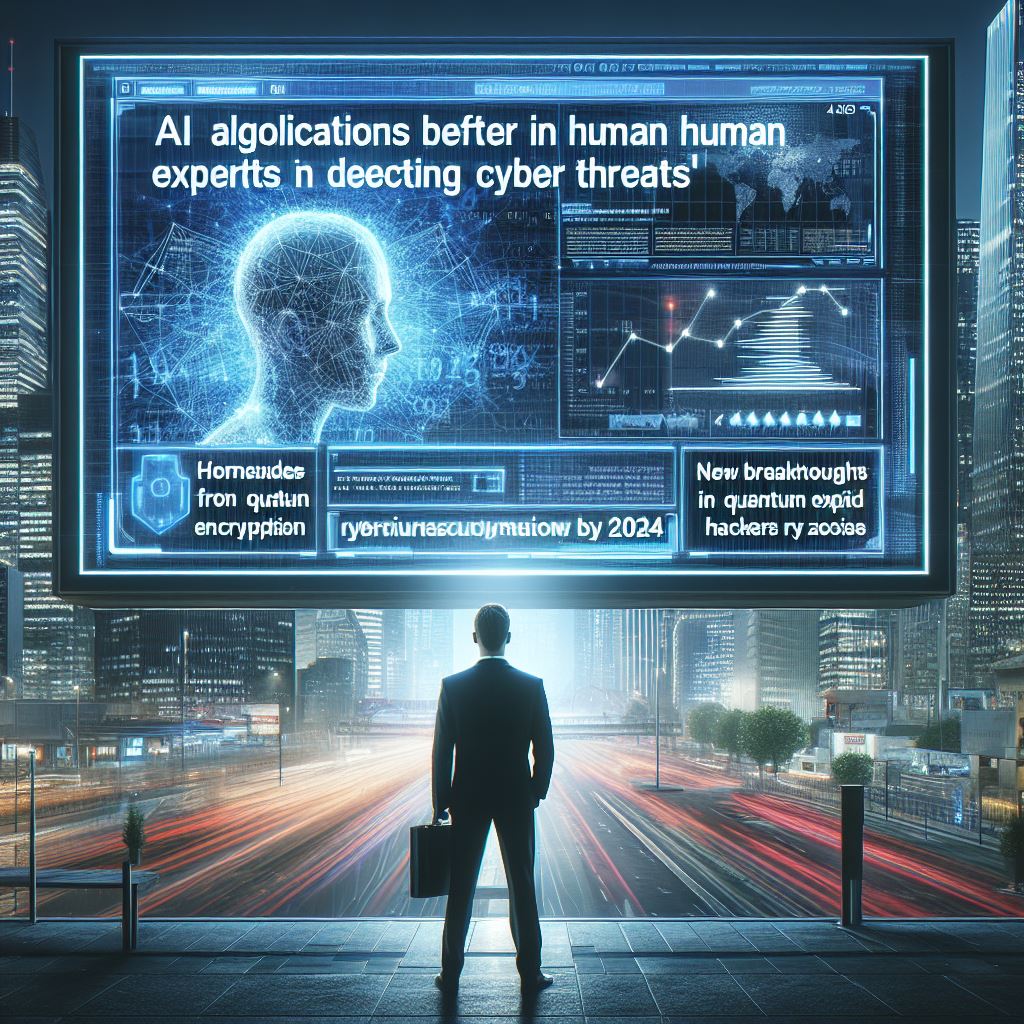
The Persistent Threat Landscape- Insights from the Verizon DBIR 2023
The Persistent Threat Landscape- Insights from the Verizon DBIR 2023
The Evolving Threat Demands Evolving Defenses The 2023 Verizon DBIR sheds light on the persistence of well-known threats, alongside evolving attacker tactics. Staying informed about these trends is crucial to building effective defenses. By prioritizing the key takeaways outlined in this analysis, technical teams can enhance their organizations’ cybersecurity posture.
Main Topics for Closer Examination
- Money-Motivated Attacks Dominate: Most breaches are driven by financial gain. Attackers benefit from the monetization of stolen data, devastating ransomware attacks, and direct theft of funds.
- Humans: The Constant Risk Factor: Errors, misuse, and successful social engineering tactics accounted for a staggering 82% of breaches. This highlights the need for ongoing security awareness training customized for employees at all levels.
- Ransomware Increases the Pressure: Ransomware attacks are rising, with even the median cost doubling over the past two years. Organizations must prioritize solid data backup and recovery plans, along with comprehensive security solutions capable of detecting and preventing ransomware threats.
- Exploits Target Weakness: Vulnerabilities in software and systems provide attackers ideal points of entry. Rigorous patch management and vulnerability scanning emerge as essential practices to reduce exploitable gaps.
Practical Advice for Technical Teams
1. Prioritize the Fundamentals: Implement strong password policies, require multi-factor authentication (MFA), and update systems quickly. These basic practices significantly deter common attacker methods.
2. Train and Assess Your Workforce: Regular security training should highlight phishing recognition, safe software practices, and spotting pretexting attempts. Conduct mock attacks to measure employee resilience.
3. Divide and Limit Access: Adopt a zero-trust approach within your network to prevent an attacker’s ability to move across. Enforce minimum-privilege principles.
4.Stack Your Defenses: No single solution is perfect. Invest in a multi-layered approach including firewalls, endpoint protection, intrusion detection/prevention systems (IDS/IPS), and real-time behavioral monitoring.
5.Have a Response Plan: Carefully craft an incident response plan, regularly reviewed and tested. In a breach, quick action reduces damage and recovery time.
Addressing Verizon DBIR Findings with Xcitium AEP
- Profit-Driven Attacks: Xcitium AEP’s core default-deny approach and containment technology severely limit attackers’ ability to execute malicious code, including ransomware. This disrupts their goal of encrypting your data or deploying malware for financial gain.
- Humans: The Ever-Present Vulnerability:
- Phishing: Xcitium AEP analyzes unknown files and programs. If a phishing email leads to a malicious download, AEP would likely block its execution and contain it for analysis, preventing initial infection.
- Errors & Misuse: Even if an employee inadvertently runs something malicious, AEP’s containment greatly reduces the impact, buying time for remediation.
- Ransomware Raises the Stakes: As mentioned above, Xcitium’s default-deny stance acts as a potent early barrier against ransomware execution. Additionally, its behavioral monitoring can detect anomalous encryption activity, potentially alerting administrators to an ongoing attack.
- Exploits Seek Out Weakness: Xcitium AEP doesn’t rely solely on known vulnerability signatures. Its AI-powered analysis and containment can detect and block suspicious activity even when dealing with zero-day exploits or attacks leveraging unpatched systems.
Addressing Verizon DBIR Findings with Xcitium AEP
- Profit-Driven Attacks: Xcitium AEP’s core default-deny approach and containment technology severely limit attackers’ ability to execute malicious code, including ransomware. This disrupts their goal of encrypting your data or deploying malware for financial gain.
- Humans: The Ever-Present Vulnerability:
- Phishing: Xcitium AEP analyzes unknown files and programs. If a phishing email leads to a malicious download, AEP would block its execution and contain it for analysis, preventing initial infection.
- Errors & Misuse: Even if an employee inadvertently runs something malicious, AEP’s containment greatly reduces the impact, buying time for remediation.
- Ransomware Raises the Stakes: As mentioned above, Xcitium’s default-deny stance acts as a potent early barrier against ransomware execution. Additionally, its behavioral monitoring can detect anomalous encryption activity, potentially alerting administrators to an ongoing attack.
- Exploits Seek Out Weakness: Xcitium AEP doesn’t rely solely on known vulnerability signatures. Its AI-powered analysis and containment can detect and block suspicious activity even when dealing with zero-day exploits or attacks leveraging unpatched systems.
Xcitium AEP as Part of a Defense Strategy

Xcitium AEP offers a robust layer of proactive protection aligned with the lessons of the Verizon DBIR. However, a holistic security strategy remains essential:
- Employee Education: Xcitium AEP is not a replacement for regular, engaging user security training.
- Secure Backups: In the rare event of a breach succeeding, having isolated, offline backups remains crucial for data restoration.
- Comprehensive Security Stack: Xcitium AEP works best alongside existing firewalls, network security solutions, and other endpoint protection layers.
Top 4 Highlits you need to be aware off ( in my opinion )
1. Attacker Motivations
- The report breaks down the financial focus of attackers even further. What kinds of data do they target (credit card numbers, personally identifiable information, etc.)?
- Beyond finance, can we get more examples of specific industries often targeted for espionage or disruption?
2. The Increasing Cost of Ransomware
- While the median cost of ransomware incidents has doubled, are there breakdowns by industry or company size? (This shows how the risk differs).
- Does the report discuss factors contributing to this cost increase?
3. Social Engineering Trends
- Pretexting is on the rise, but are there other specific social engineering tactics showing notable increases?
- Are certain industries more susceptible to social engineering than others?
4. Vulnerability Exploitation
- The report notes Log4j as a standout example. Are there other frequently exploited vulnerabilities named for us to look out for?
- Does it offer insight into how quickly organizations are patching systems after vulnerability announcements?
In summary:
- Financially Motivated Breaches Dominate: The vast majority of breaches remain driven by the pursuit of financial gain.
- The Human Element is Key: Social attacks, errors, and misuse account for 82% of breaches, emphasizing the need for continuous employee awareness and training.
- Ransomware is Alarming: Ransomware attacks continue to rise, with even the median cost significantly increasing.
- Exploiting Vulnerabilities: Attackers are relentless in searching for software flaws and unpatched systems, making timely maintenance crucial.
Specific Findings of Verizon DBIR
- External Actors: 83% of breaches involved outsider attackers, highlighting the persistent threat from external sources.
- Pretexting Attacks Soar: Pretexting, a type of social engineering, nearly doubled in the last year, indicating attackers are honing their ability to manipulate people.
- Breach Pathways: The four top patterns leading to breaches are: credentials (stolen or weak), phishing, exploiting vulnerabilities, and botnets.
- Industries Analyzed: The report breaks down security trends across industries like finance, healthcare, education, and more.
You can download Verizon DBIR here
You can find out more about Xcitium AEP here
For more articles , click here

Keywords
The Persistent Threat Landscape -based on data from trend -trend microsmart protection network figure -data from trend microsmart protection – the north american region





